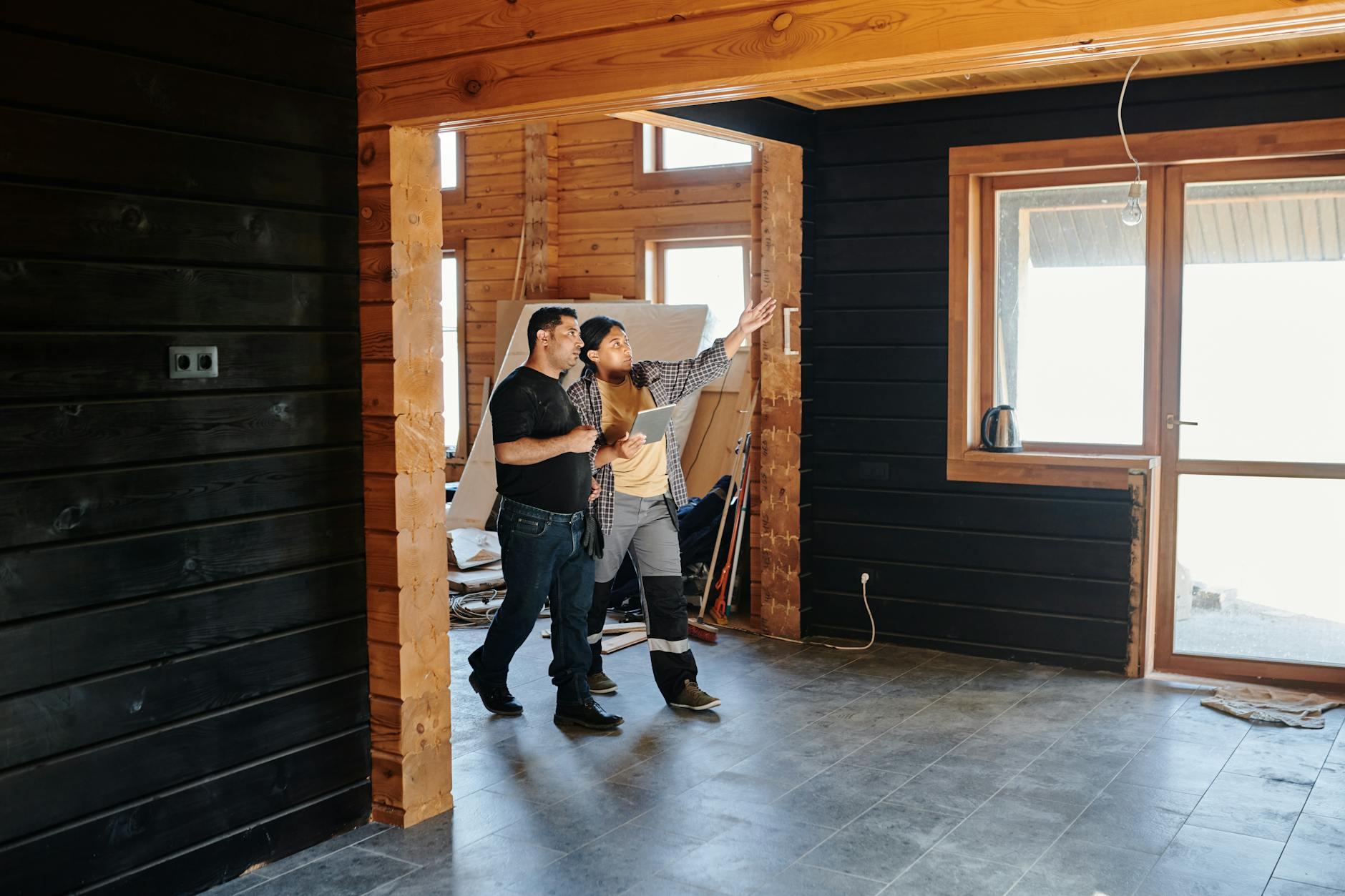Ever wondered how to build a home in just 48 minutes? Discover the innovative techniques and tools that make rapid construction a reality in this exciting journey.
The Concept of Rapid Home Construction
Rapid home construction is revolutionizing the way we think about building. With advancements in technology and innovative techniques, constructing a home can now be done in record time. This approach not only saves time but also reduces costs significantly.
Many people are now exploring the idea of building homes quickly, especially in areas where housing shortages are prevalent. The concept is gaining traction, particularly among young families and first-time homebuyers.
Using prefabricated materials and modular designs, builders can assemble homes much faster than traditional methods. This shift is changing the landscape of real estate and construction.
In this article, we will delve into the methods and technologies that enable such rapid construction, providing insights into how you can build your own home in just 48 minutes.
Innovative Techniques in Home Building

One of the most exciting aspects of rapid home construction is the use of innovative techniques. These methods are designed to streamline the building process, making it more efficient and effective.
3D printing is one such technique that has gained popularity. This technology allows builders to create entire structures layer by layer, significantly reducing the time and labor required.
Another technique is the use of modular construction. This involves creating sections of a home in a factory setting, which are then transported to the site for assembly. This not only speeds up the process but also ensures higher quality control.
Additionally, advanced project management software helps coordinate the various aspects of construction, ensuring that everything runs smoothly and on schedule.
Tools and Materials for Fast Construction
The right tools and materials are crucial for achieving rapid home construction. Builders are now utilizing lightweight, durable materials that can be easily manipulated and assembled.
For instance, engineered wood products are becoming a popular choice due to their strength and versatility. These materials can be prefabricated into panels that are quick to install.
Tools such as laser levels and power drills equipped with advanced technology allow for precision and speed. Builders can now complete tasks that once took hours in mere minutes.
Moreover, the use of sustainable materials is on the rise, appealing to environmentally conscious consumers. This shift not only benefits the planet but also enhances the appeal of new homes.
Case Studies: Successful Rapid Home Builds
Examining successful case studies provides valuable insights into the practical application of rapid home construction. Numerous projects have demonstrated the effectiveness of these innovative techniques.
One notable example is a community project in a housing crisis area. Builders were able to construct multiple homes in just a few weeks, providing much-needed shelter to families.
Another case involved a tech company that built a prototype home using 3D printing. The entire structure was completed in less than 48 hours, showcasing the potential of this technology.
These examples highlight not only the feasibility of rapid construction but also its potential to address housing shortages effectively.
- Focus on open floor plans that minimize the need for complex structural elements.
- Consider designs that allow for easy expansion in the future, should your needs change.
- Utilize prefabricated components that can be easily assembled on-site.
- Power saws with laser guides for precise cuts.
- Electric nail guns to speed up the framing process.
- Portable scaffolding to allow for safe and quick access to higher areas.
- Research local building regulations and obtain necessary permits.
- Choose a suitable design that aligns with rapid construction principles.
- Source sustainable and efficient materials.
- Invest in advanced tools to enhance construction speed.
- Build a skilled team with experience in rapid construction methods.
- Establish a clear timeline and stick to it as closely as possible.
- Implement safety protocols to protect workers on-site.
- Plan for site preparation and ensure it is completed before construction begins.
- Conduct a final inspection before moving in.
Frequently Asked Questions (FAQ)
How is it possible to build a home in just 48 minutes?
Building a home in 48 minutes typically involves advanced construction techniques, such as modular building or 3D printing. These methods allow for rapid assembly and reduced labor time, enabling homes to be constructed quickly while maintaining quality and structural integrity.
What materials are used in fast home construction?
Fast home construction often utilizes prefabricated materials like steel frames, insulated panels, and concrete blocks. These materials are designed for quick assembly and durability, ensuring that the home meets safety standards while being built efficiently.
Are there any downsides to rapid home construction?
While rapid home construction offers speed, it may limit customization options and design flexibility. Additionally, the quality of materials and construction methods should be thoroughly evaluated to ensure long-term durability and safety, as shortcuts can sometimes compromise these aspects.
What types of homes can be built quickly?
Various types of homes can be built quickly, including single-family homes, tiny houses, and modular units. Each type can be designed for rapid assembly, catering to different needs and preferences while ensuring efficient use of time and resources.
How does the cost compare to traditional home building?
Cost comparisons between rapid and traditional home building can vary significantly. While fast construction may reduce labor costs, the price of materials and technology can be higher. Overall, rapid methods can be more cost-effective, especially when considering time savings and reduced financing costs.


















